- 8:00 AM – 04.00 PM, Monday – Saturday
- [email protected]
- (951) 421-1493
- 8:00 AM – 6:00 PM, Monday – SUNDAY
- [email protected]
- (951) 421-1493
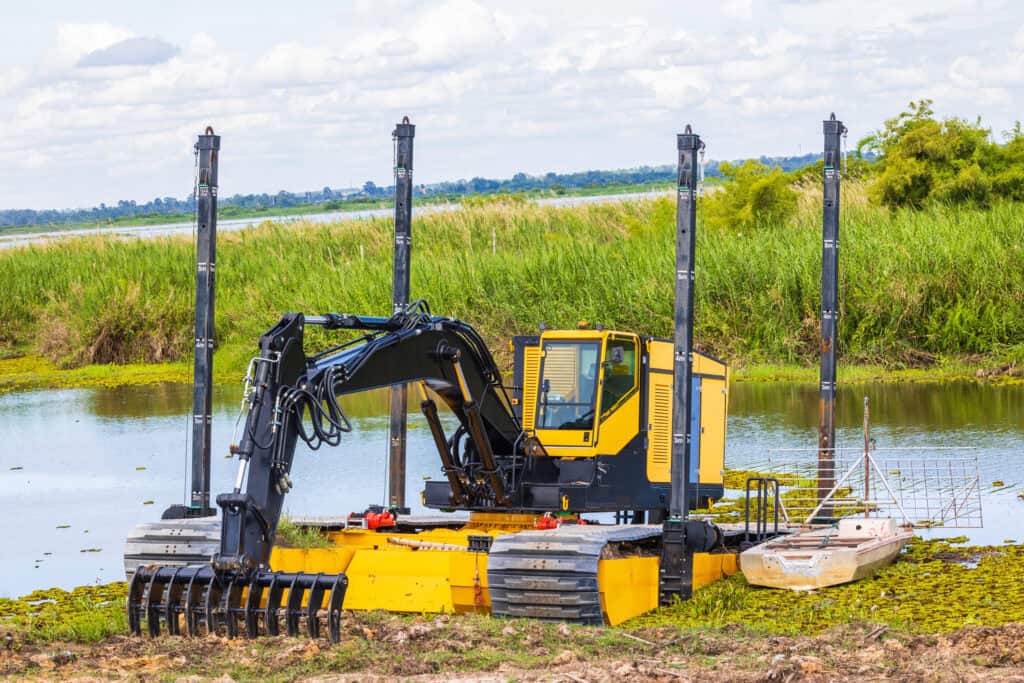
Does your pond or lake look murky or overrun with algae? These are often signs that dredging may be necessary.
Pond and lake dredging is the process of removing excess sediment that builds up naturally over time. Dredging restores water depth and clarity, improves water quality, and supports healthier aquatic ecosystems.
Costs vary based on size, location, and conditions, but dredging projects typically range between $15,000 and $75,000+.
Despite the investment, the long-term benefits, such as enhanced aesthetics, healthier fish habitats, and improved water quality, make dredging a worthwhile project for property owners.
This guide covers everything you need to know about dredging: the process, costs, and benefits, so you can decide if it’s the right solution for your pond or lake.
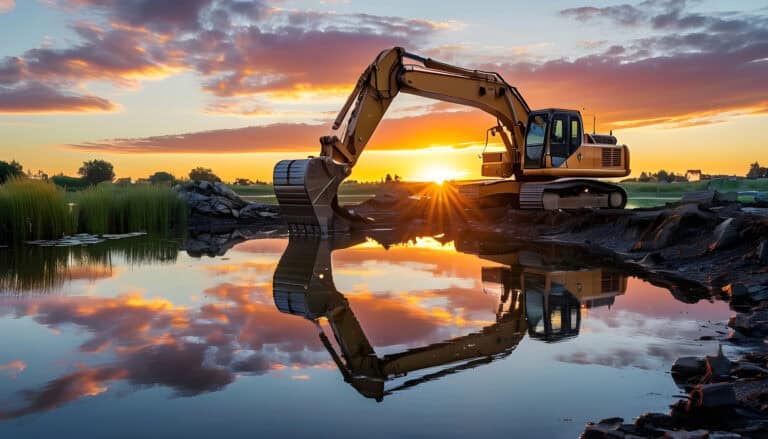
Pond and lake dredging is primarily done to improve water quality, restore depth, and enhance aquatic habitats. Over time, sediment builds up, reducing water volume and circulation, which harms ecosystems and increases the risk of algae blooms.
Dredging also removes pollutants and excess nutrients, helping prevent water quality issues while improving conditions for fish and recreation. While the upfront costs may be high, the long-term ecological and recreational benefits make dredging a valuable investment.
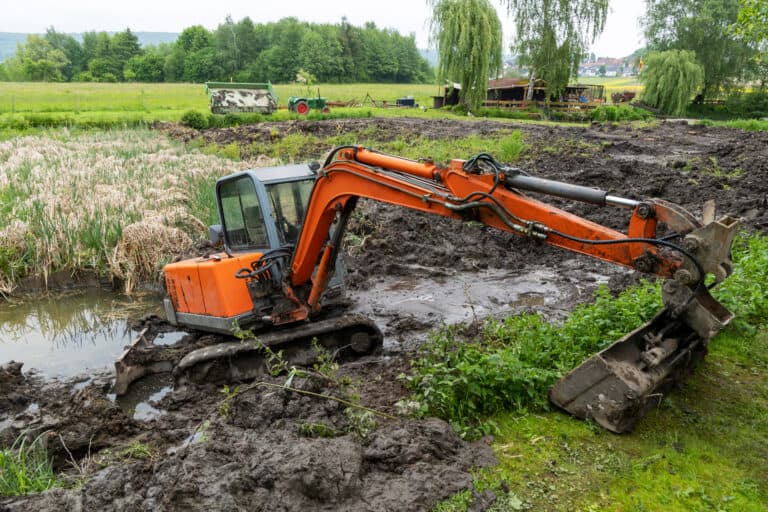
Dredging requires specialized equipment, chosen based on the size, depth, and conditions of your pond or lake. The most common dredging methods include:
Click the below button to give us a call.
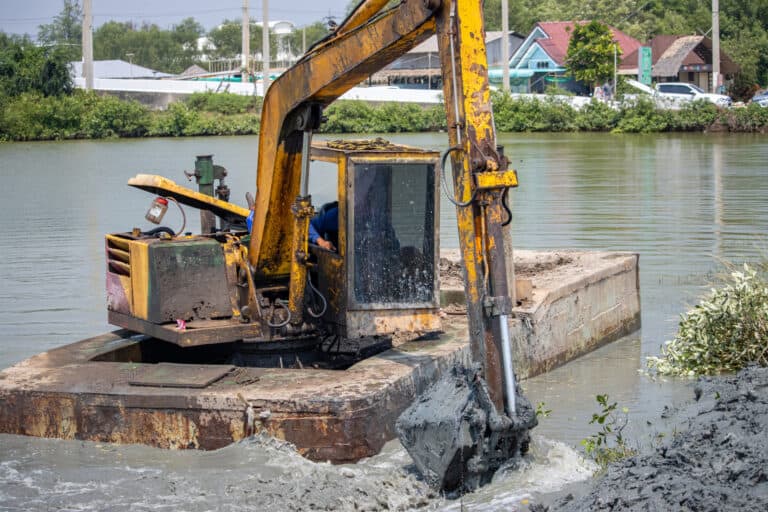
Each step in the dredging process requires careful consideration to guarantee efficiency and adherence to regulations. Understanding these steps will help you manage the project effectively and achieve desired outcomes.
In the dredging processes, you’ll need to focus on four critical areas:
The first step is planning and assessment to ensure environmental, regulatory, and operational standards are met.
All dredging projects require permits and regulatory compliance.
Choosing the correct dredging equipment and techniques impacts cost and efficiency.
Execution requires a clear operational plan and monitoring framework:
You’ve probably experienced the frustration of a pool overtaken by green algae. Transforming your sparkling oasis into a…

Several factors influence dredging costs:
Numerous factors influence the costs associated with pond and lake dredging, including project size, sediment type, and disposal methods.
The three biggest factors are:
Understanding these factors helps you estimate your budget more accurately, ensuring you’re prepared for the financial implications of your dredging project.
Typical dredging costs include:
Cost Component | Estimated Cost | Range Notes |
Equipment Rental | $1,000 – $10,000 | Varies by project scale |
Labor | $50 – $150 per hour | Depends on crew size and expertise |
Disposal Fees | $500 – $5,000 | Influenced by material type and location |
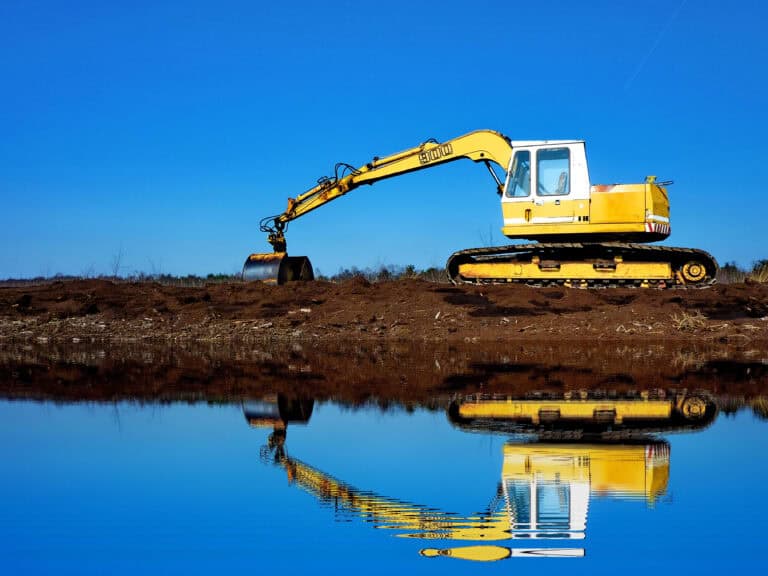
When you consider pond and lake dredging, several key benefits emerge that can greatly enhance your aquatic environment. You’ll notice improved water quality, increased water depth and volume, and even a rise in property value.
Additionally, dredging can provide substantial environmental and ecological advantages, promoting a healthier ecosystem.
Dredging improves water quality by:
Dredging increases water depth and volume, creating a more sustainable habitat for aquatic organisms while also improving recreational opportunities.
Key benefits of increased water depth include:
For property owners, increased depth means better fishing, swimming, and kayaking opportunities. In short, dredging not only restores ecological balance but also enhances recreational enjoyment and long-term water quality.
Dredging a lake or pond can significantly enhance property value by improving aesthetics and usability. A clean, well-maintained water body not only boosts landscape appeal but also makes the property more attractive to buyers and guests.
Ways dredging adds property value:
Did you know, proper pond management boosts HOA and community property value?
Did you know, proper pond management boosts HOA and community property value?
Dredging provides substantial environmental and ecological benefits, helping restore balance to aquatic ecosystems:
By improving water clarity, reducing pollutants, and restoring habitats, dredging ensures long-term ecosystem health and sustainability.
One of the most critical components of a Koi pond is the filter. Why is this so important…
Most ponds and lakes require dredging every 5–10 years, depending on sediment buildup, usage, and environmental conditions. Regular inspections help determine timing.
Common dredging equipment includes hydraulic dredgers, mechanical dredges, and suction dredges. Each type serves different purposes depending on the water body size, depth, and environmental conditions.
Yes, permits are required for most pond and lake dredging projects. Regulations vary by state, so consult local authorities early to ensure compliance with environmental laws and dredging regulations.
Yes, dredging can temporarily disrupt habitats and release sediments. However, using environmental dredging methods and mitigation strategies reduces risks and protects aquatic species.
Dredging impacts local ecosystems by altering habitats, redistributing sediment, and affecting water quality. Without proper planning, it can reduce biodiversity. However, with environmental monitoring and best dredging practices, negative impacts can be minimized while improving long-term water quality.

Hi, I'm Warren Glenn, an environmental specialist with a passion to water quality management and pond maintenance. I love sharing tips and insights to help you keep your aquatic ecosystems healthy and thriving.
Join our mailing list and receive special offers, updates, and discounted packages directly to your email.
By clicking “Submit”, you are signing up to receiving emails from us. You can unsubscribe whenever you like. SMS rates may apply.
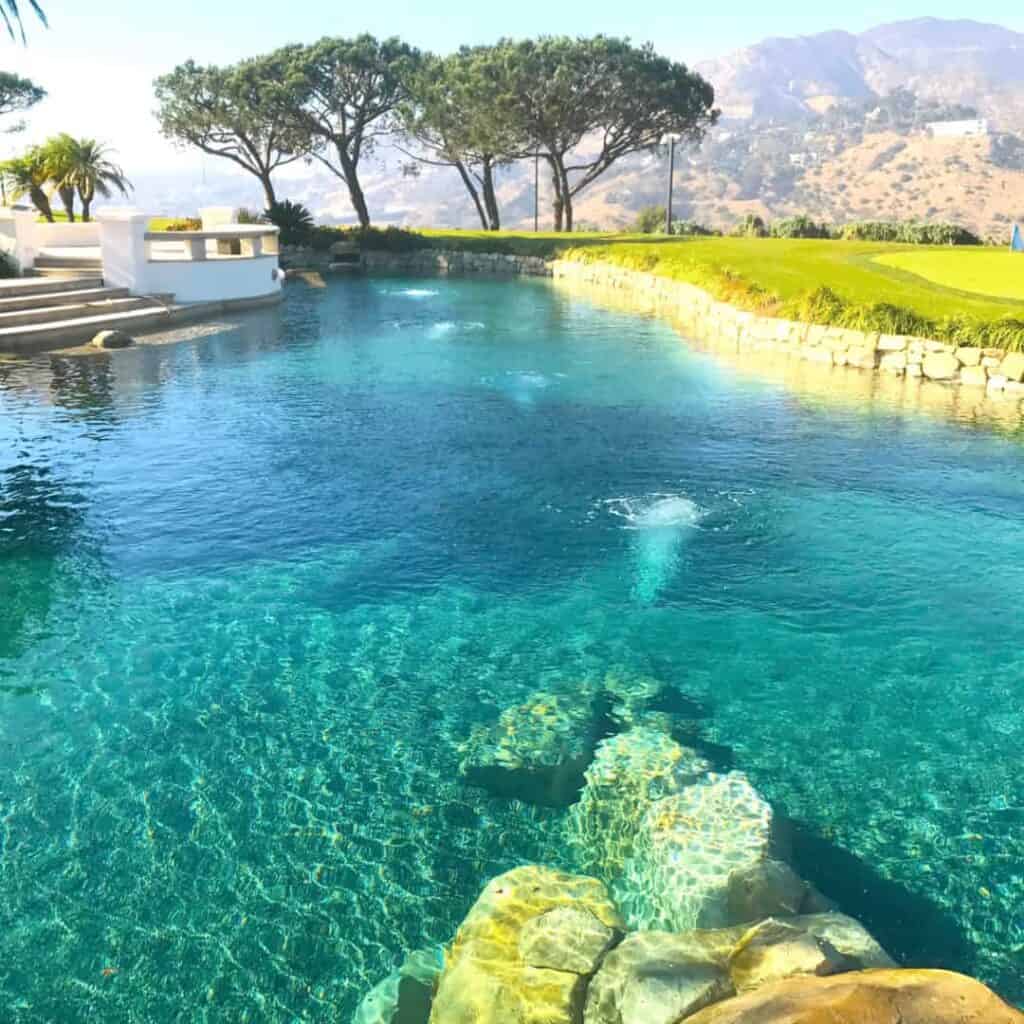
Got Questions? Reel us in!
By clicking “Submit”, you are signing up to receiving emails, and text messages from us. You can unsubscribe whenever you like. Cell phone rates may apply.

Join our mailing list and receive special offers and important information regarding the water feature industry, directly to your email.
By clicking “Submit”, you are signing up to receiving emails, and text messages from us. You can unsubscribe whenever you like. Cell phone rates may apply.